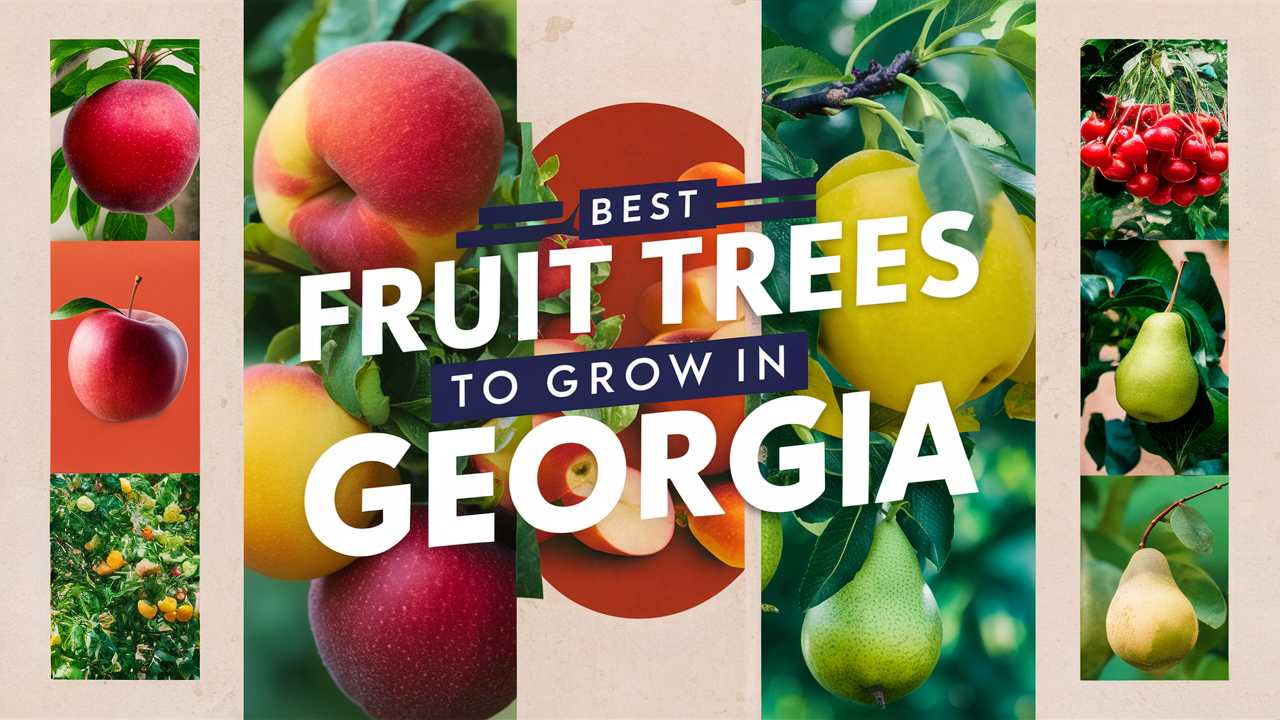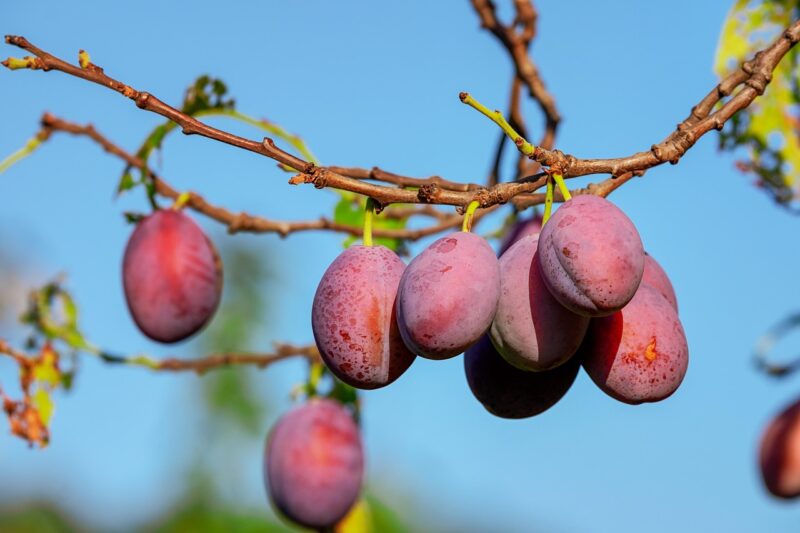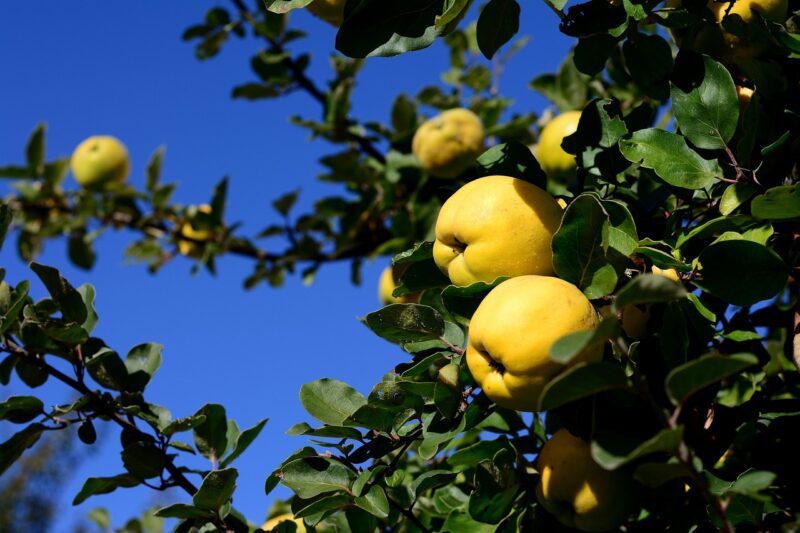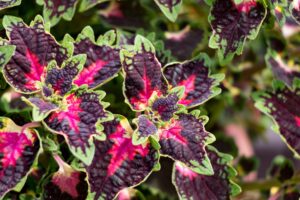Georgia, often referred to as the Peach State, boasts a climate perfect for growing a wide variety of fruit trees. From the humid subtropical climate of South Georgia to the mountainous conditions of North Georgia, enthusiasts can cultivate everything from figs to apples.
Gardeners in Georgia are in for a treat, as the diverse growing conditions allow for an array of delicious fruits. If you’re considering planting fruit trees in this vibrant state, let’s take a closer look at the best options and what they offer.
Fig Tree (Ficus carica)
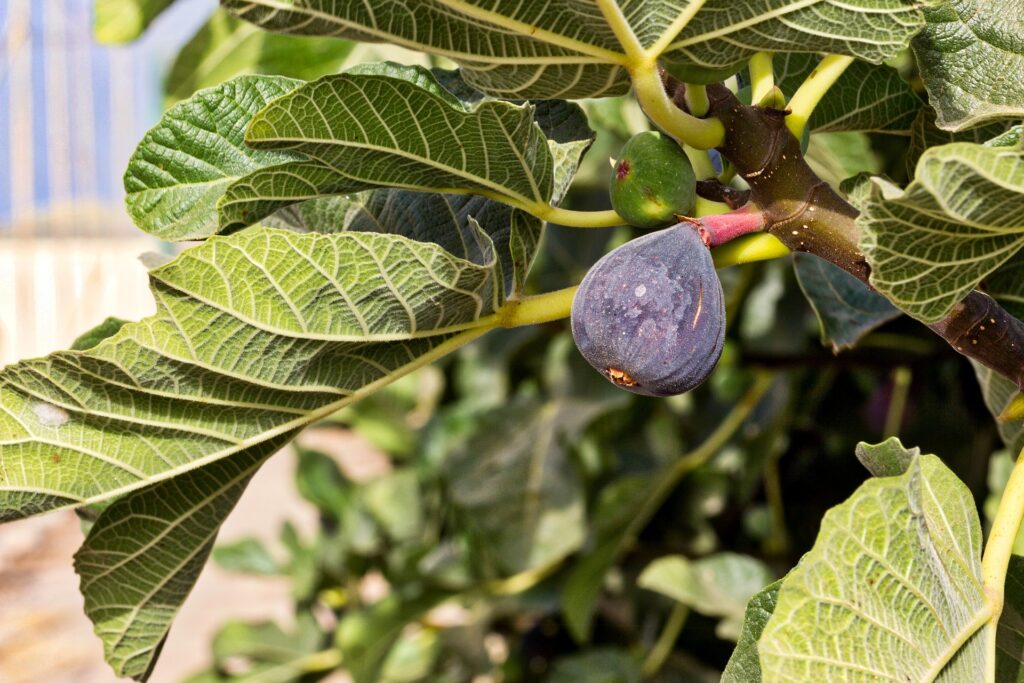
The fig tree is one of the most rewarding fruit trees to cultivate in Georgia, thriving across the entire region, including urban areas like Atlanta. Figs are not only tasty but also incredibly easy to grow. They prefer full sun and well-drained soil, making Georgia’s warm climate ideal for these trees.
In North Georgia, fig trees can sometimes suffer from winter dieback due to colder temperatures. However, they typically bounce back quickly in the spring. Southern Georgia offers an even more favorable environment, with the warmer temperatures allowing for the production of figs throughout the growing season.
The ‘Celeste’ variety is particularly popular, known for its sweet, purple-brown fruit. These trees are also drought-tolerant once established, making them a low-maintenance option for busy gardeners.
Pomegranate (Punica granatum)
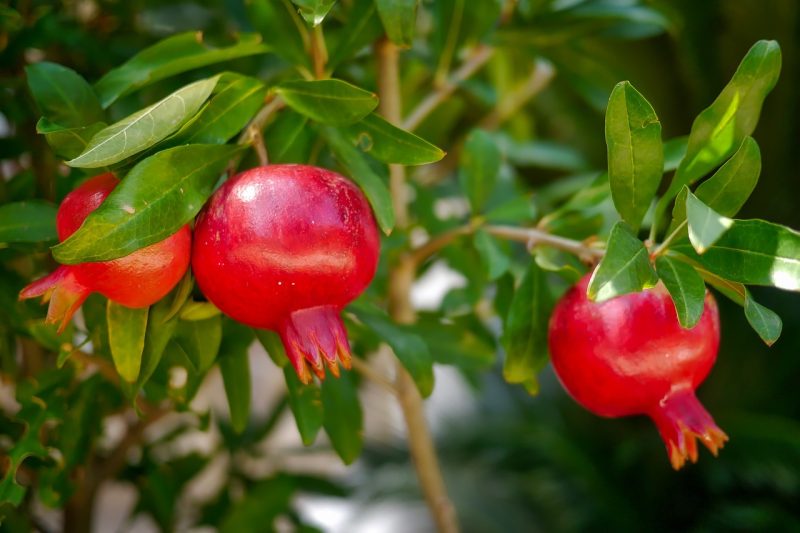
South Georgia’s climate, characterized by milder winters and long, hot summers, is perfect for growing pomegranates. These trees not only produce visually striking fruit but are also packed with antioxidants and vitamins. The pomegranate is a deciduous shrub or small tree that loves full sun and well-drained soil.
One of the most popular cultivars for this region is the ‘Wonderful’ pomegranate, which is known for its juicy, vibrant red seeds and tart flavor. It’s important to ensure that pomegranate trees receive adequate watering during the hot summer months, as they can be sensitive to drought once they start fruiting.
Additionally, pomegranates are quite resilient against pests and diseases, giving gardeners a relatively easy growing experience. The stunning flowers in the spring, followed by lush fruit in the fall, make them a favorite in many gardens.
Japanese Persimmon (Diospyros kaki)
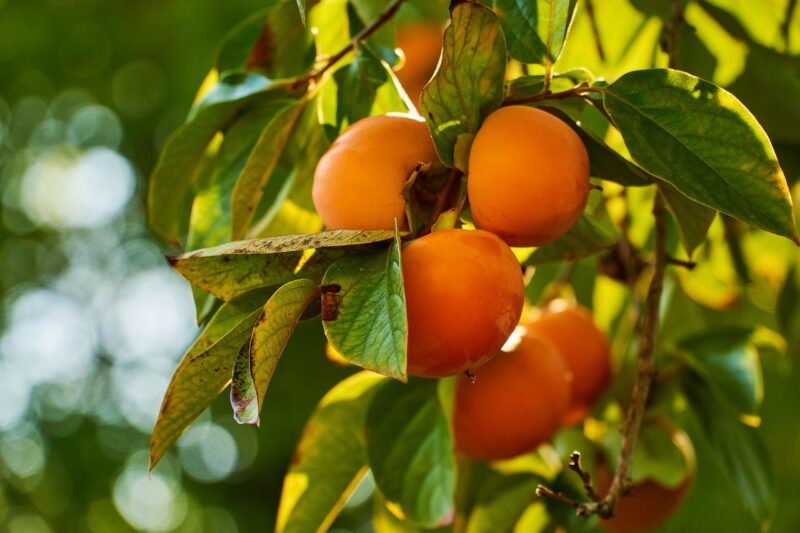
The Japanese persimmon is another excellent choice for gardeners in South Georgia. This tree thrives in warmer climates and prefers full sun, making it well-suited for the region’s heat. With its sweet, honey-like flavor, the fruit is a favorite among those who enjoy unique and exotic tastes.
Varieties such as ‘Fuyu’ and ‘Jiro’ are particularly recommended for home orchards. They are non-astringent, meaning they can be eaten while still firm, which is a plus for those who like to enjoy their fruit fresh off the tree. Additionally, the persimmon tree is drought-resistant once established, and its attractive fall foliage adds flair to any landscape.
The fruit develops in the fall, often persisting on the tree well into winter, providing gardeners with a visual and edible treat long after other fruits have been harvested.
Pineapple Guava (Feijoa sellowiana)
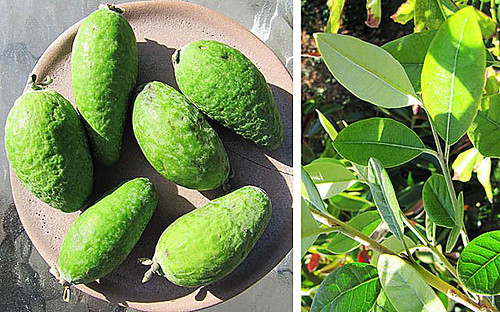
Pineapple guava, or feijoa, is a lesser-known gem that thrives in the warmth of South Georgia. With its unique flavor that combines elements of pineapple, apple, and mint, it’s a delightful addition to home gardens. This evergreen shrub can grow into a small tree, producing edible fruits that are green and egg-shaped.
The pineapple guava prefers a sunny spot with well-draining soil and is relatively tolerant to drought. It also attracts pollinators, such as bees, with its striking flowers, which bloom in the spring and can add aesthetic value to your garden.
The fruit matures in late fall, and it’s best eaten when it drops from the tree, as this is when it achieves peak sweetness. For those looking to grow an interesting fruit tree that offers both beauty and deliciousness, the pineapple guava is a fantastic choice.
Apple (Malus domestica)
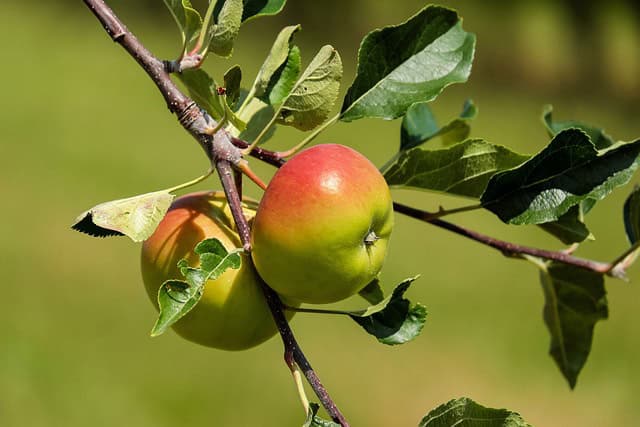
Apple trees are a classic choice for North Georgia and the Atlanta area, where the cooler winter temperatures give the trees the chilling hours they need to produce abundantly. Georgia’s diverse soil types can yield a variety of apple cultivars, making it possible to grow both traditional and unique apples.
Popular varieties for the region include ‘Honeycrisp,’ known for its sweet crunch, and ‘Arkansas Black,’ which is celebrated for its rich flavor. Apple trees prefer well-drained soil and full sun, requiring vigilant pruning and care to reduce disease risks.
In North Georgia, gardeners should be prepared to manage pests such as codling moths and aphids. However, with proper care, these trees can yield a bounty of apples in the late summer to early fall months, providing fresh fruit for snacks, pies, and cider.
Loquat (Eriobotrya japonica)
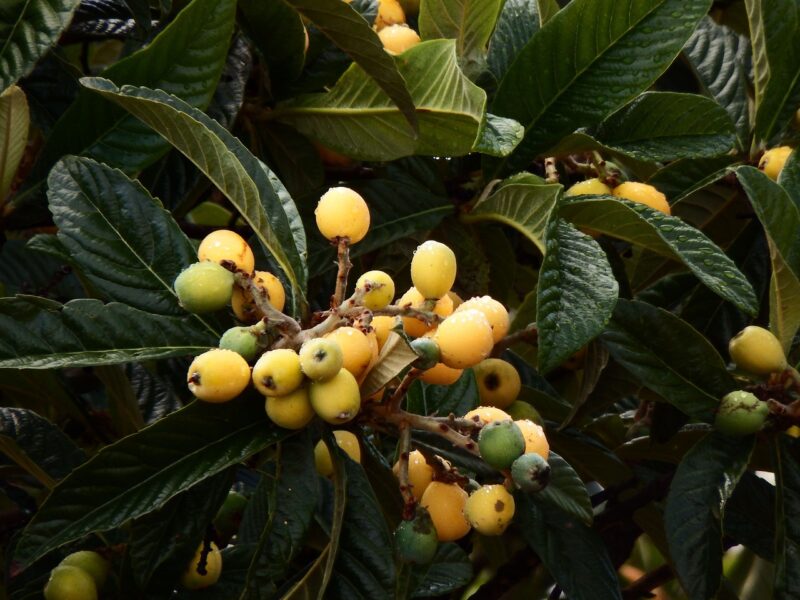
Loquats are fruity wonders that thrive in the warmer, coastal regions of Georgia, particularly around Savannah. This evergreen tree produces small, pear-shaped fruits that are sweet and tangy, perfect for fresh snacks or preserves. Loquats grow best in full sun and well-draining soil, and they are relatively tolerant of a range of growing conditions, including coastal salt.
One of the most appealing aspects of loquats is their early harvest; fruit typically ripens in late spring, providing a delightful treat when other fruits are still maturing. In addition to their delicious fruits, loquat trees are prized for their ornamental quality, boasting beautiful foliage and fragrant white flowers in the spring.
Garnering attention for their tasty fruit and attractiveness, loquats are becoming increasingly popular throughout Georgia, and their adaptability makes them an excellent choice for various landscapes.
Meyer Lemon (Citrus x Meyeri)
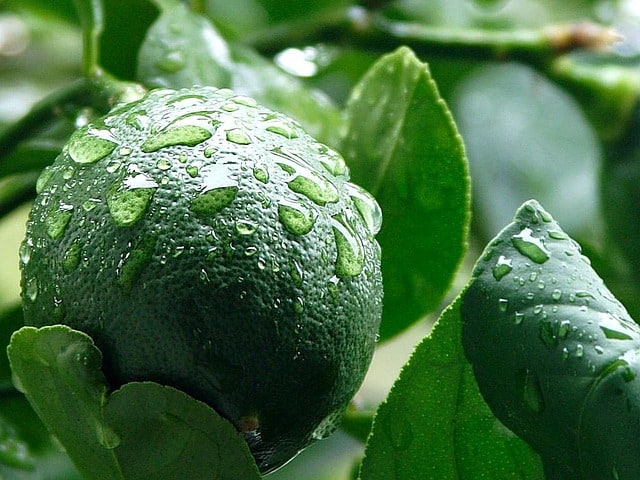
The Meyer lemon is a favorite in South Georgia, where the warm climate supports prolific growth. These trees are smaller than traditional lemon trees, making them suitable for home gardens and container planting. Meyer lemons are sweeter and less acidic than standard lemons, making them a delightful addition to a wide range of culinary dishes.
Planting Meyer lemons requires a sunny location with well-drained soil, ideally slightly acidic. They do require some protection from harsher winter weather; however, South Georgia offers a generally mild winter climate, allowing these trees to thrive.
Producing fruit year-round, Meyer lemons can be enjoyed in drinks, marinades, and desserts, providing year-round enjoyment for home gardeners. With their fragrant blossoms and eye-catching fruit, these trees offer both beauty and practicality.
Pear Tree (Pyrus communis)
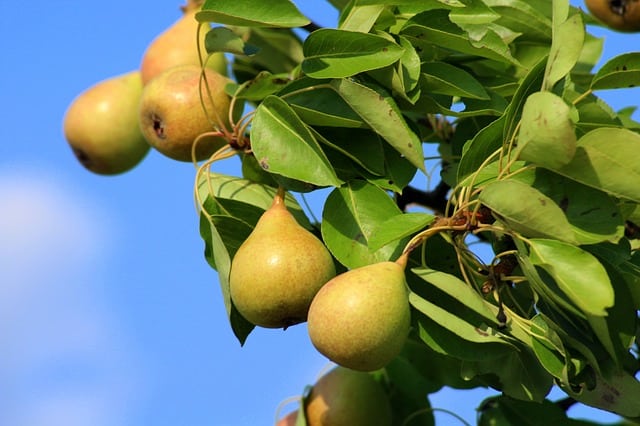
Pear trees are versatile and hardy, growing well throughout Georgia. They are particularly favored in both the northern and southern regions, producing crisp and juicy pears that are a delight to eat fresh or in desserts. Varieties such as ‘Bartlett’ and ‘Bosc’ are commonly grown in Georgia and are known for their sweet flavors and excellent storage capabilities.
These trees prefer well-drained soil and at least six hours of sunlight each day. While they have some pest pressures—particularly from pear psyllids—proper management can yield a significant harvest. Pear trees typically blossom in spring, showcasing beautiful white flowers before bearing fruit in late summer or early fall.
Their relatively modest care requirements and bountiful yields make pear trees a popular choice for many gardeners, providing ample fruit for fresh eats, canning, and baking.
Japanese Plum Fruit (Prunus salicina)
Japanese plums are well-suited to the climate of North Georgia, thriving in its well-drained soil and sunny conditions. These trees have beautiful blossoms in the spring, and the resulting fruit, which ranges in color from yellow to red, is sweet and delicious.
Gardeners in North Georgia benefit from the chilling requirements these trees need, ensuring robust fruit production. Recommended varieties include ‘Satsuma’ and ‘Methley,’ both popular for their sweet, juicy flesh.
These trees tend to bear fruit in late summer, making them an excellent late-season harvest option. Proper pruning and thinning can lead to better air circulation and can help prevent disease, ensuring healthier trees and higher yields for your backyard orchard.
Peach (Prunus persica)
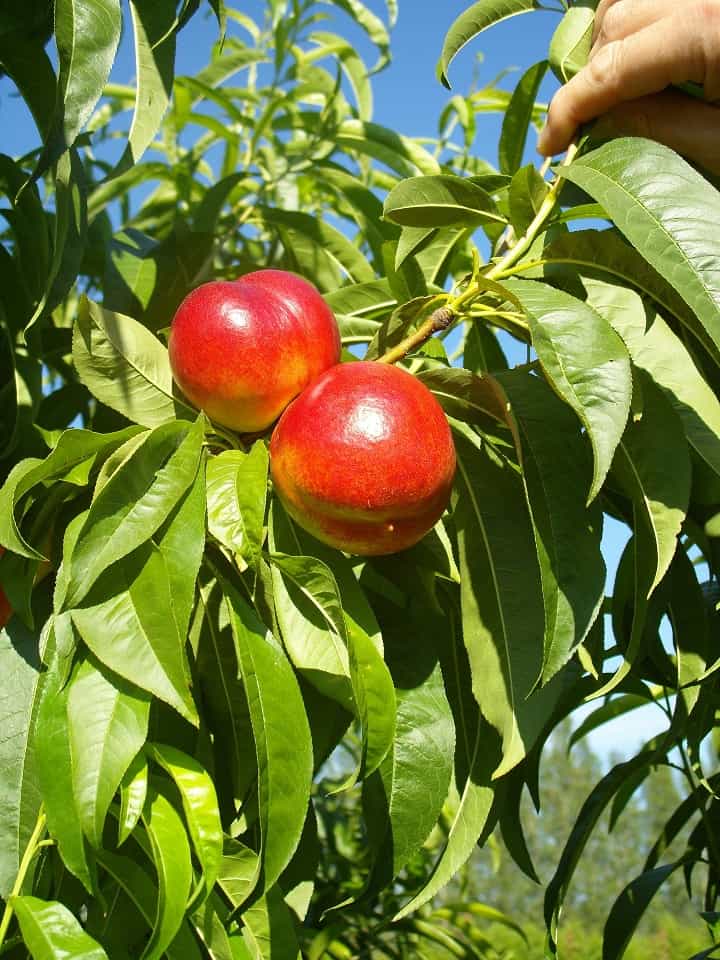
Peaches truly hold a special place in the hearts of Georgia residents, and for good reason. The state is famous for its delicious, juicy peaches, and growing them at home is an appealing option for many. In North Georgia, chilling hours are sufficient for a great yield, while South Georgia offers an extended growing season.
Popular varieties include ‘Elberta’ and ‘Redhaven,’ both known for their sweetness and versatility. Peaches favor well-draining, sandy soils and abundant sunlight. Care must be taken to protect trees from pests, including the dreaded plum curculio, which can hinder fruit development.
Peach trees bloom beautifully in early spring, and their late summer harvest is a time of joyous celebration, with many families enjoying them fresh, in pies, or as preserves.
Jujube (Ziziphus jujube)
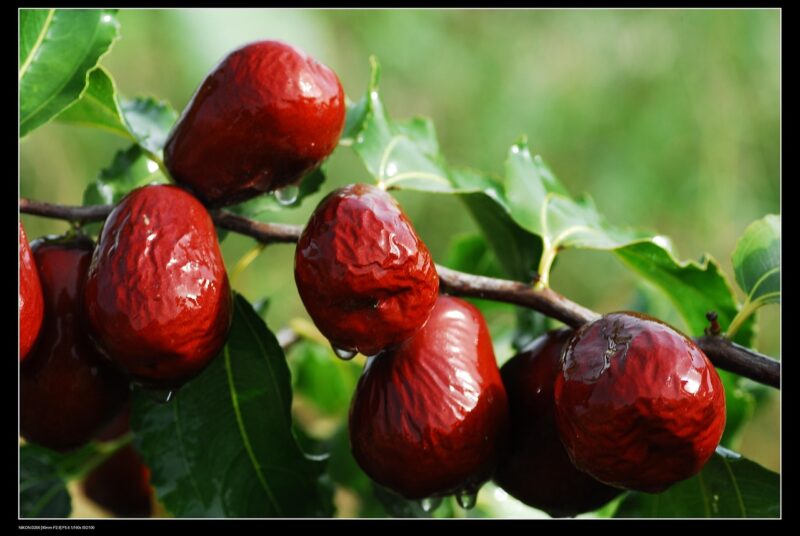
The jujube tree is an often-overlooked choice for both North and South Georgia gardeners. Known for their resilience and adaptability, jujubes produce small, sweet fruits that pack a nutritional punch. These trees thrive in hot summers and can tolerate less-than-ideal soil conditions, making them suitable for any Georgia backyard.
With varieties like ‘Lang’ and ‘Li,’ gardeners can enjoy a harvest of fruit in late summer and early fall. Jujubes can be eaten fresh or dried, and they hold well when processed. Additionally, the trees’ ornamental quality, with smooth bark and green foliage, enhances any garden’s aesthetic appeal.
Having minimal pest problems and requiring little water once established make jujubes a low-maintenance option for busy gardeners looking to diversify their edible landscape.
Quince (Cydonia oblonga)
Quince trees might not be the first thing that comes to mind for many fruit enthusiasts, but they are incredibly well-suited for Georgia gardens. Their beautiful flowers in spring and golden fruits in fall add charm to any landscape. Quince prefers well-drained soil and full sunlight, making it a versatile choice for various planting conditions.
Similar to apples and pears, quinces typically require cross-pollination to yield fruit, so planting more than one variety is advisable for optimal results. They can be enjoyed fresh but are often used in cooking and preserves due to their unique flavor.
The fruit typically ripens in the late summer to fall months, and quince jelly is a popular delicacy. Furthermore, quince trees are generally drought-tolerant once established, making them a practical choice for many home gardeners in Georgia.


